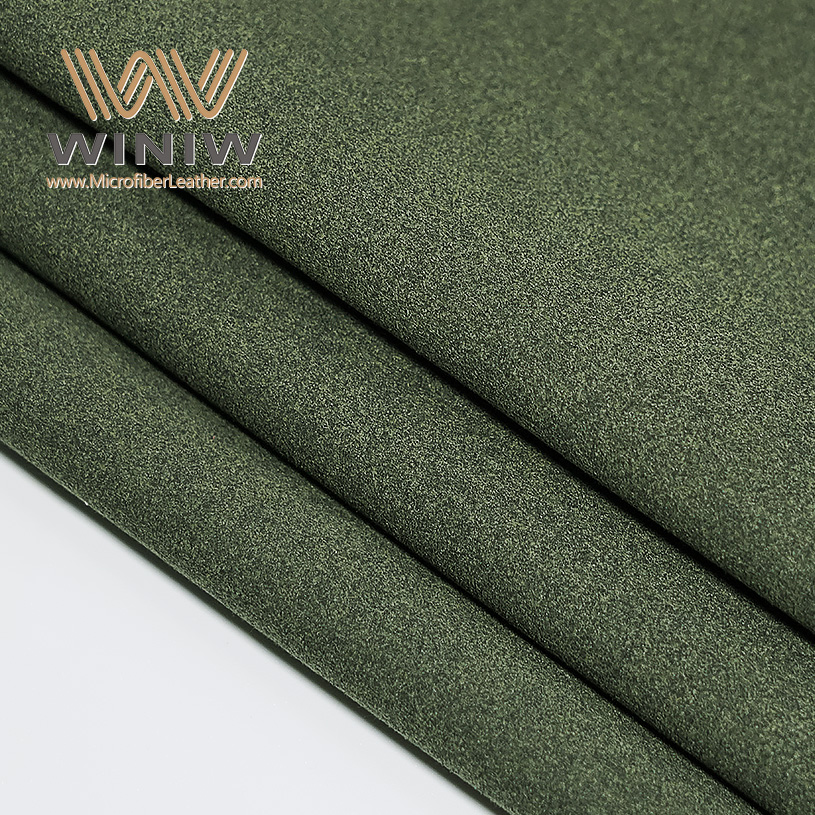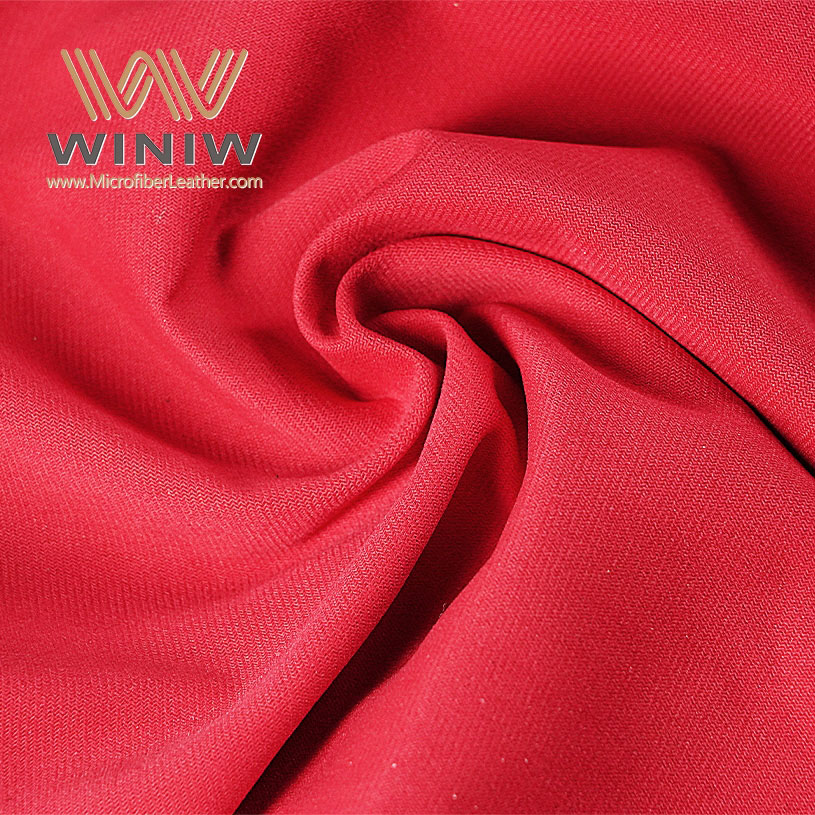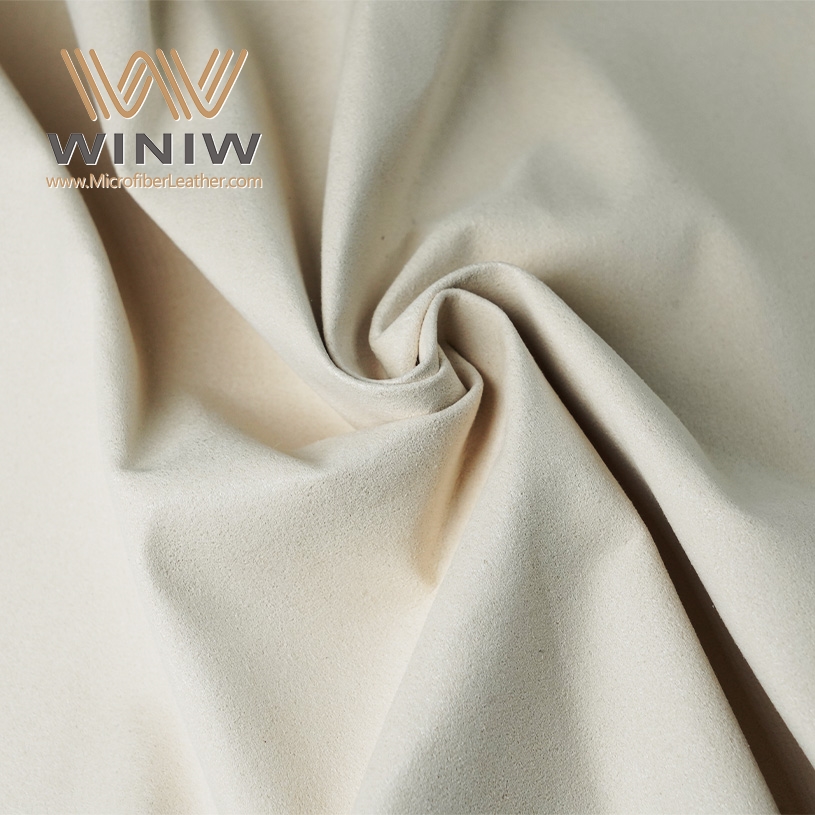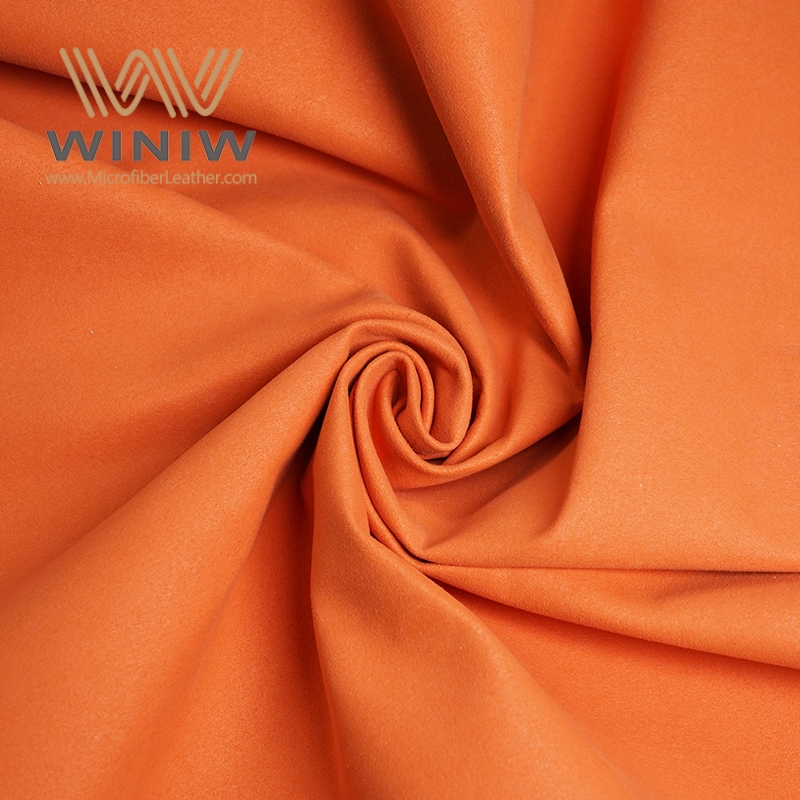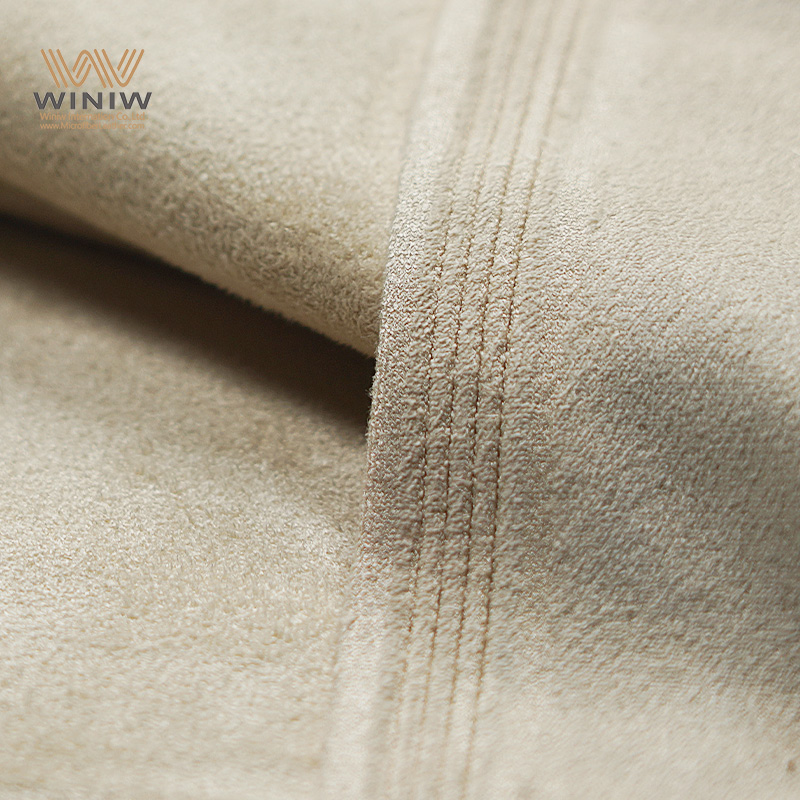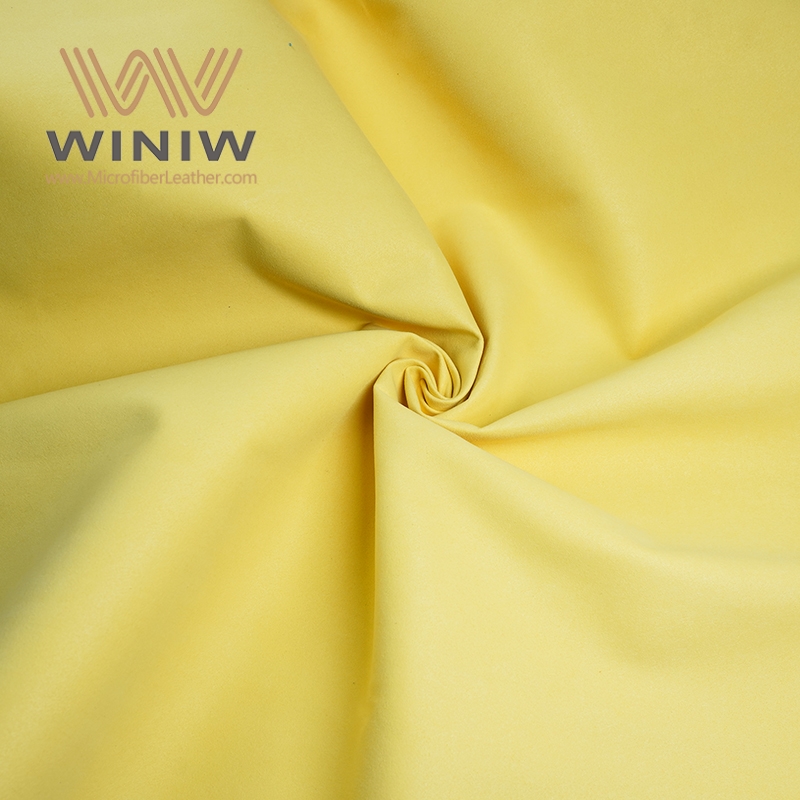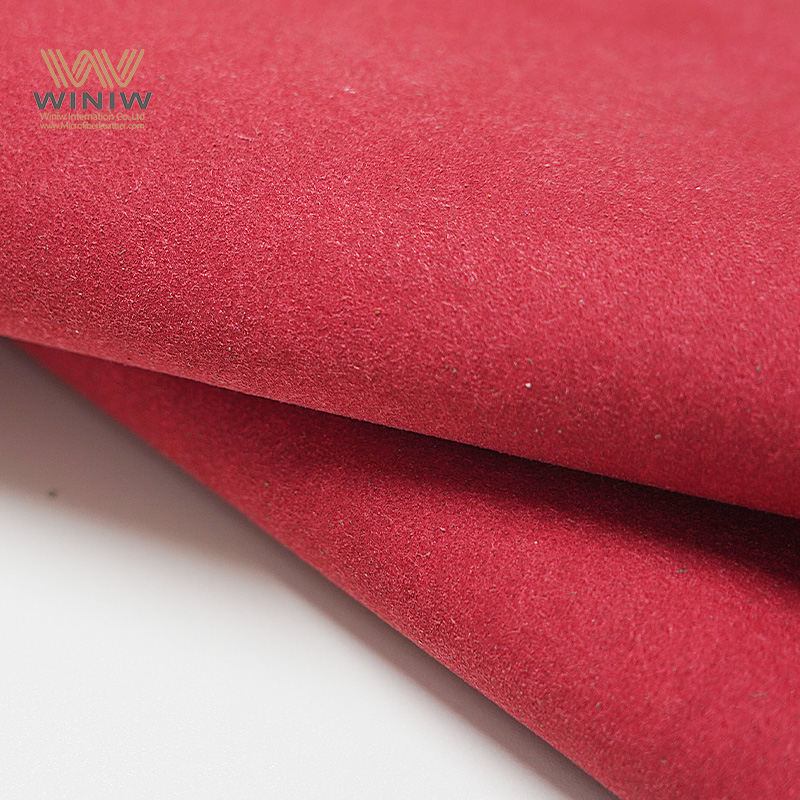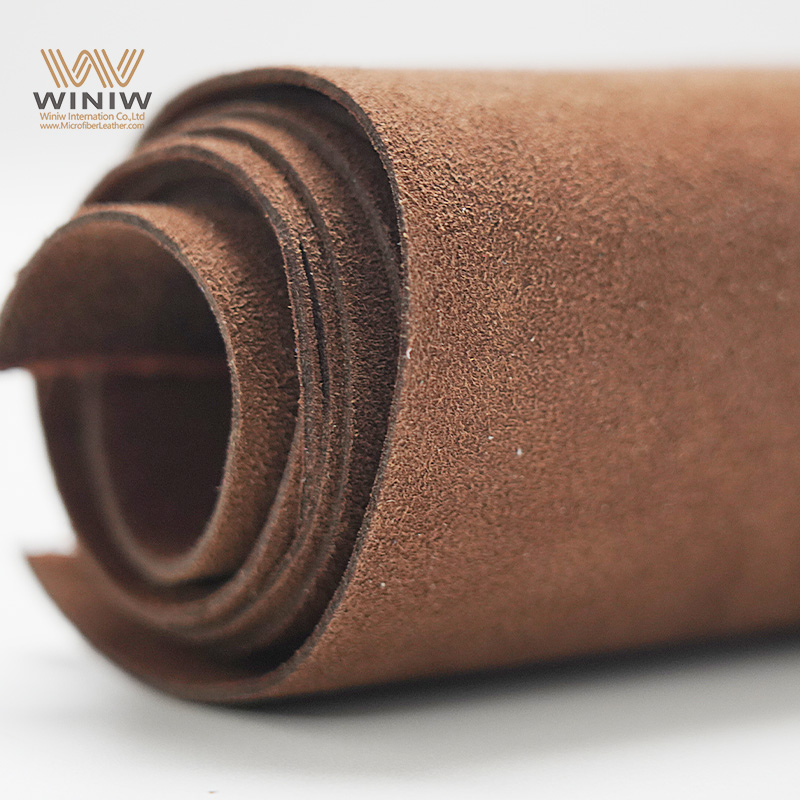Are professional soccer balls leather?
No, professional soccer balls are not made of leather anymore. Most are made from synthetic materials, and there’s a good reason for that change.
A long time ago, professional soccer balls were made of leather. Back then, it was the best material available. Leather was strong, and it could hold its shape well enough for games. But leather had big problems, especially for professional play. When leather gets wet—like in rain or even from players’ sweat—it soaks up water. This makes the ball heavier, and a heavier ball is harder to kick, pass, and control. Imagine trying to score a goal with a ball that’s suddenly twice as heavy as it was at the start of the game. It changes everything. Leather also wears out unevenly. After a few hard kicks, parts of the ball would stretch or get soft, making it bounce unpredictably. In professional games, where every pass and shot matters, an unpredictable ball can ruin plays.
As soccer grew into a global sport, with games played in all kinds of weather—rain, snow, hot sun—leather just couldn’t keep up. So, scientists and manufacturers started looking for better materials. They found synthetic materials, which are man-made in factories, and these changed the game.
The most common materials used in professional soccer balls today are PU (polyurethane) and PVC (polyvinyl chloride). These are often called “synthetic leather” because they look and feel a bit like real leather, but they work much better for soccer. PU is soft and flexible, giving the ball a good “touch” that players like. It doesn’t soak up water, so the ball stays light even in rain. PVC is a bit stiffer than PU but is even more durable. It can handle rough play on hard surfaces without getting damaged. Many professional balls use a mix of these materials to get the best of both—soft enough for control, tough enough to last.
Synthetic materials also solve the problem of consistency. When you make a leather ball, each piece of leather is a little different. Some might be thicker, some thinner, which can make the ball lopsided. Synthetic materials are made in factories with strict controls, so every piece is almost exactly the same. This means every professional soccer ball feels and plays the same, whether it’s used in a World Cup final or a practice session. For professional players, this consistency is key. They need to know exactly how the ball will move when they kick it, and synthetic materials make that possible.
Another reason professional balls aren’t leather is cost and availability. Leather is more expensive, and getting enough high-quality leather to make thousands of balls for professional leagues around the world is hard. Synthetic materials are cheaper to make in large quantities, which helps keep the cost down for teams and leagues. They’re also easier to customize. Synthetic materials can be dyed bright colors or printed with logos, which is why professional balls often have bold designs that stand out on TV.
So, to sum up, professional soccer balls are no longer made of leather. Synthetic materials like PU and PVC have taken over because they’re lighter, more durable, consistent, and work better in all kinds of weather. These changes have made professional soccer fairer and more enjoyable, both for players and fans.


